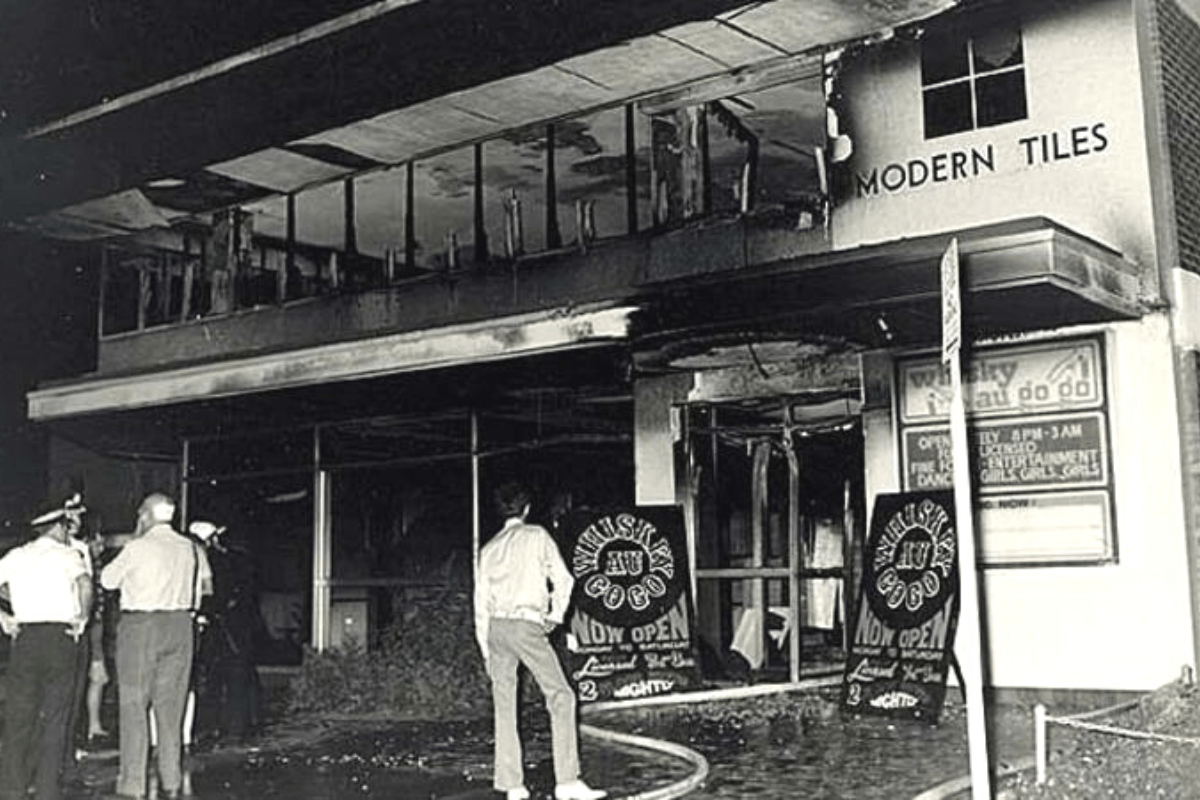
It was the crime that shocked Australia and changed Queensland's nightlife scene completely.
On March 8, 1973, the Whiskey Au Go Go nightclub in Fortitude Valley Brisbane was firebombed, resulting in the deaths of 15 patrons and staff.
It had been a busy night in the venue, and the assortment of patrons was widespread - a father and son celebrating the purchase of their first race horse, military personnel enjoying a night off, musicians, locals, young women, and more. All now scarred by what they endured.
At the time, it was Australia's worst mass killing, later that grim statistic assigned to the Port Arthur massacre.
Police would start a major investigation that would drag in some of Brisbane's most well-known criminals, gangsters, bosses and violent offenders. But the investigation would also expose police and political corruption, with a group of officers potentially using this fire to help some club owners cash in.
Watch: one witness recounts what she saw and her interactions with police. Post continues below.